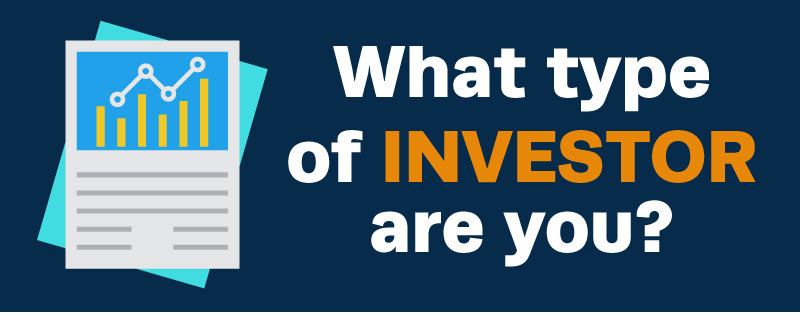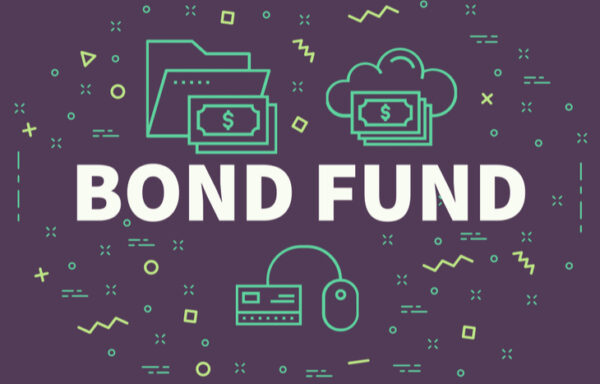To Make Money in Bonds, Avoid This Strategy
A while back, I was reading an article about bond funds. The subhead read, “The trick next year will be to avoid losing money.”
The first sentence should have been “Don’t buy bond funds.”
What should the line after that have read?
“The end.”
The writer could have saved himself 700 words, taken the afternoon off and caught a matinee. Instead, he wasted readers’ time showing them how little they’d lose if they bought the “top bond funds” featured in the article.
Why are bond funds near-certain losers when bonds are so important to balancing a portfolio? It has to do with the mechanics of a bond.
When interest rates rise, bond prices fall. Say you buy a bond yielding 5%. The next year, the Fed raises rates a full percentage point. That 5% yield is not quite as valuable in a higher interest rate environment – not when you can get an identical bond for 6%. So the price of the bond falls (increasing the yield).
But none of that matters if you plan on holding the bond until maturity.
If you bought the bond at par ($100) and the price dips to $90, you’ll get only $90 if you sell it – instead of $100. But if you hold it until maturity, you’ll get your full $100. Note that bonds are sold in increments of $1,000 but are quoted at one-tenth the price. So a $1,000 bond that is at par will have a $100 price. A bond that is priced at $90 will be worth $900.
So there’s nothing wrong with owning individual bonds in your portfolio – if you plan on holding them to maturity. In fact, I recommend it.
Bond funds are different.
When you buy a fund, the price of the fund is based on the value of the assets.
So let’s say the bond fund has 1 million shares outstanding, and the fund manager buys $20 million worth of bonds at $100 each. The fund price would be $20 ($20 million divided by 1 million shares).
Then interest rates go up, and the bonds decline in value to $90 each. The price of the fund drops to $18. As with individual bonds, if you sell now, you’ll take a loss. But unlike owning individual bonds, the fund never matures.
Those original $20 million worth of bonds will eventually mature, sure. But the fund manager is unlikely to keep them in the portfolio. They have no reason to.
Fund managers are usually incentivized to beat specific benchmarks like a bond index. For that reason, they notoriously overtrade their portfolios.
For example, the largest actively managed bond fund, the PIMCO Income Fund (PIMIX), has a yearly turnover rate of 472%, meaning that it sells every bond in its portfolio at least four times per year.
Its cousin, the PIMCO Total Return Institutional Fund (PTTRX), beats that at a whopping 723%, meaning it replaces its entire portfolio more than seven times each year. Another large bond fund, the Metropolitan West Total Return Bond Fund (MWTIX), buys and sells its entire portfolio almost three times a year at a 255% turnover rate.
All that trading not only runs up costs but also ensures investors will realize losses as rates go higher.
Bond funds are a nearly guaranteed way to lose money. Even when rates do head lower, as we might see in the coming months, at near record lows it is likely to be temporary, and you can be satisfied with the higher yields you earn on your individual bonds – and see lower prices as a buying opportunity.
It’s not always easy to make money in the market, but it can be easy not to lose it. Don’t buy bond funds.
The end.
[adzerk-get-ad zone="245143" size="4"]About Marc Lichtenfeld
Marc Lichtenfeld is the Chief Income Strategist of Investment U’s publisher, The Oxford Club. He has more than three decades of experience in the market and a dedicated following of more than 500,000 investors.
After getting his start on the trading desk at Carlin Equities, he moved over to Avalon Research Group as a senior analyst. Over the years, Marc’s commentary has appeared in The Wall Street Journal, Barron’s and U.S. News & World Report, among other outlets. Prior to joining The Oxford Club, he was a senior columnist at Jim Cramer’s TheStreet. Today, he is a sought-after media guest who has appeared on CNBC, Fox Business and Yahoo Finance.
Marc shares his financial advice via The Oxford Club’s free daily e-letter called Wealthy Retirement and a monthly, income-focused newsletter called The Oxford Income Letter. He also runs four subscription-based trading services: Technical Pattern Profits, Lightning Trend Trader, Oxford Bond Advantage and Predictive Profits.
His first book, Get Rich with Dividends: A Proven System for Earning Double-Digit Returns, achieved bestseller status shortly after its release in 2012, and the second edition was named the 2018 Book of the Year by the Institute for Financial Literacy. It has been published in four languages. In early 2018, Marc released his second book, You Don’t Have to Drive an Uber in Retirement: How to Maintain Your Lifestyle without Getting a Job or Cutting Corners, which hit No. 1 on Amazon’s bestseller list. It was named the 2019 Book of the Year by the Institute for Financial Literacy.






